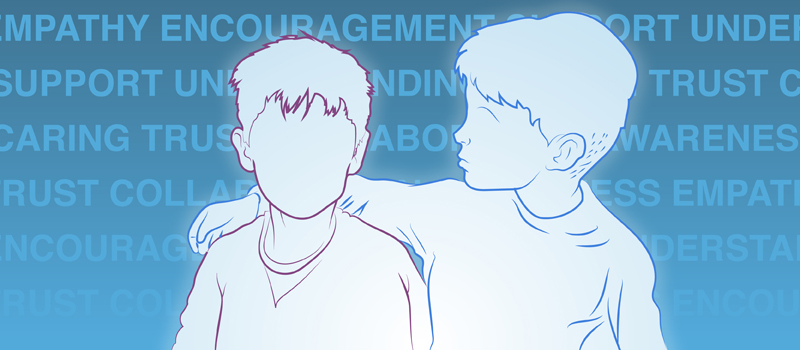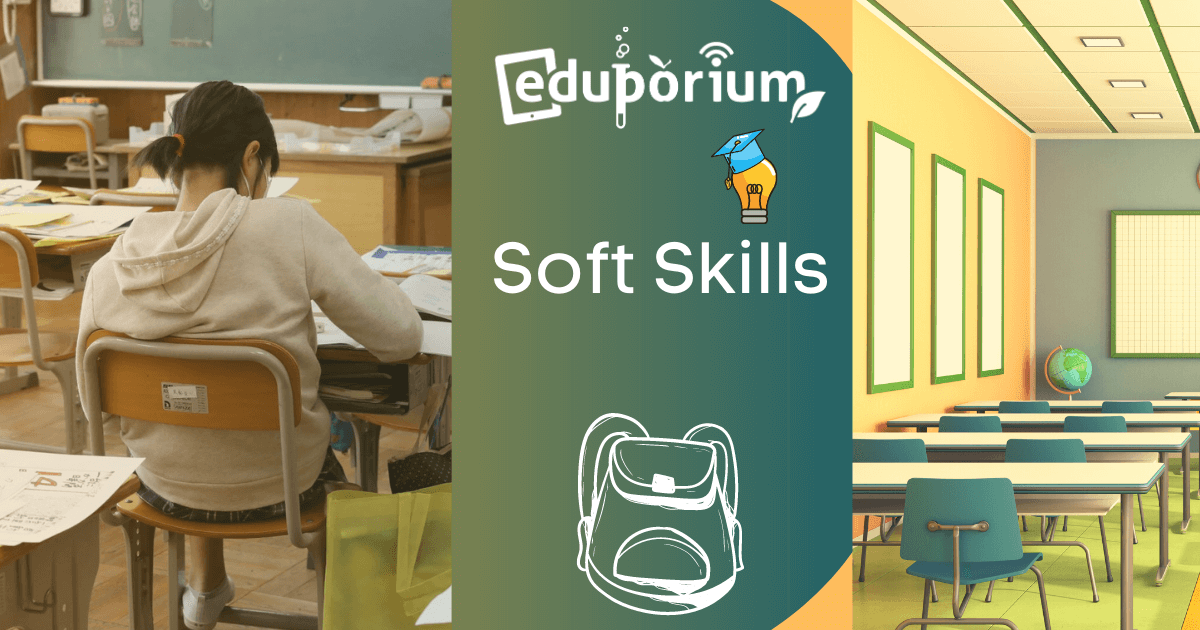Even if there are no coronavirus symptoms to be found in your school, among your students and their families, or even in your town or state, we know you’re talking about it. And, that’s not necessarily a bad thing. It’s become clear over the last couple of weeks—and in the last 24 hours in particular—that having a plan is certainly better than not having a plan. In what’s rapidly becoming an unprecedented time for those in the education world (as well as other industries that notably include technology and professional sports), the dangerously quick spread of news is something all of us—educators included—have to be weary of and soft skills can play a role for teachers, administrators, students, and parents.
As K-12 schools, districts, and colleges across the country are closing their doors and disinfecting everything from desks to buses in the midst of the coronavirus outbreak, it’s extremely difficult for all of us not to get immersed in the latest news. With constant alerts and social media updates becoming the norm, we’re trying our best to stay rational. And, that might be the best way for education leaders to play it, too.
If your school or district hasn’t already implemented some form of distance learning to combat coronavirus concerns, chances are there is a plan in the works that could be implemented at any time. We can, however, also take the events of the last few weeks and use them as an opportunity to reinforce the importance of teaching certain soft skills in education. While nobody really saw this coming, the importance of soft skills is evident now and will remain essential in the future.

As we all probably know, soft skill sets are very useful and in-demand and, as news is spreading through social media channels as fast as ever coupled with the immediacy of information that these networks provide, media literacy is as important as it has ever been. We’ve all heard the term ‘fake news’ and, although much of what’s being shared on social media has been confirmed, students need to know that they shouldn’t necessarily believe or reshare everything.
Whether you’re still in the classroom or making use of distance learning tools, taking some time to reinforce the importance of media literacy is worthwhile. We’re not saying that educators should try to limit students’ curiosity on this and other topics, but it’s become crucial that students know how to access credible media reports, critically evaluate them, understand whether or not it’s from a reputable outlet, reporter, contributor, or blogger, and still keep in mind that content can be skewed or exaggerated. Just because the virus has spread does not mean that false or misleading information should be as well.
Another soft skill to focus on in instruction is empathy. Already one of the most important soft skills needed today, empathy can help students see certain situations in a new light, which often helps them discover new ways they could potentially be of help. Empathy helps us all learn to understand the pain of others while considering the complexity behind their emotions and how that might tie into their actions. When it comes to the coronavirus, this could be a hugely broad topic for discussion and students could make all kinds of virtual content using tools like Flipgrid to express some of the own thoughts they’ve had.
Rising Resources | @Flipgrid - An online platform for #teachers and #students to learn and communicate through video!
Read: https://t.co/dRHzu4lHmo #edtech #education #K12 pic.twitter.com/uTloUVfDMW
— Eduporium (@Eduporium) December 19, 2019
Up next, we have the tried and true skill of communication. Students might really want to talk about what’s unfolding around the world and the country and setting aside some time for them to express their thoughts in an organized and sensible way could help them. Some students might even have been personally affected by the outbreak or are starting to become scared, not knowing how to communicate their nervousness. Asking questions to see what students have grasped and where they might need some clarification makes communication a soft skill to focus on.
Finally, this could be a good time to focus on social-emotional learning. If school closures are making it difficult or nearly impossible for regular learning or hands-on STEM learning to occur, teachers might be able to keep students engaged with SEL content. As mentioned, simply having discussions for students to express their thoughts or ask questions can go a long way in boosting their understanding of these events. One student’s perception of what’s going on, for example, might be very different than that of another student and teachers can use this as a foundation for discussion.
Tying the topic of the coronavirus to SEL offers a perfect real-life example for students. Teachers can draw on some of the most important features of social-emotional learning, like responsible decision making (stay home and tell others if you feel sick) and self-awareness (don’t spread rumors or start to panic) and try to turn this pandemic into a learning experience. Once returning to school, it could also continue to serve as a talking point and teachers could then work with students on some project-based learning involving virus prevention methods, ideas for stopping future spreading of similar viruses, or anything else that’s relevant. Unfortunately, the in-person learning may have to stop, but we all still have a lot we can learn when it comes to potential future situations like this one.
As this story continues to unfold, we recommend paying attention to Education Week’s Coronavirus and School Closure map. We will also continue to provide updates on Twitter with news that is relevant to the education world, though we are merely sharing what we hear from reputable sources. We extend well wishes to all educators and students who have been affected and hope everybody is safe and back in the classroom as soon as possible. If you're looking for distance learning options, we encourage you to get in touch with our team.



